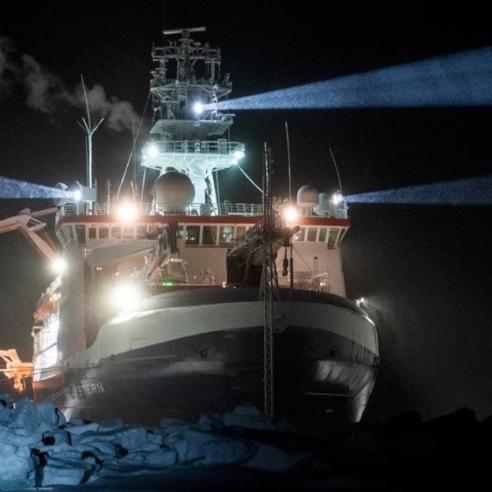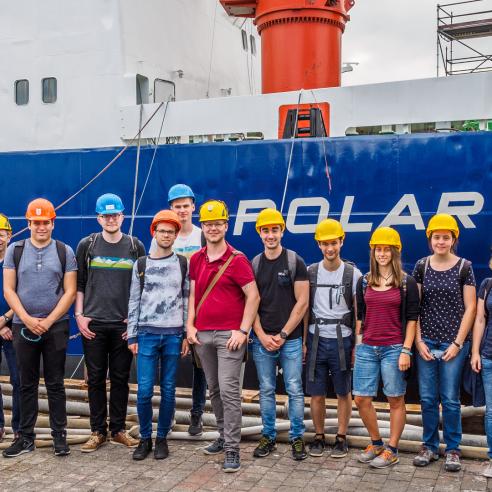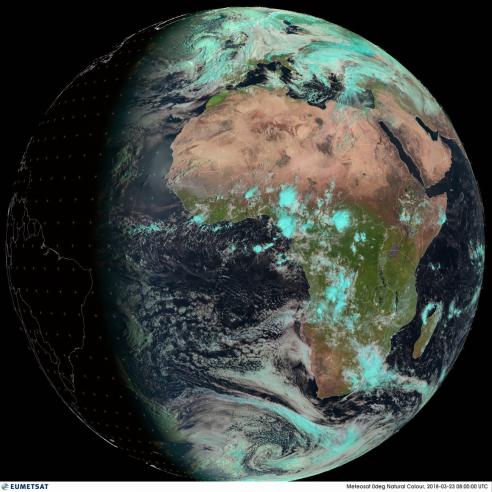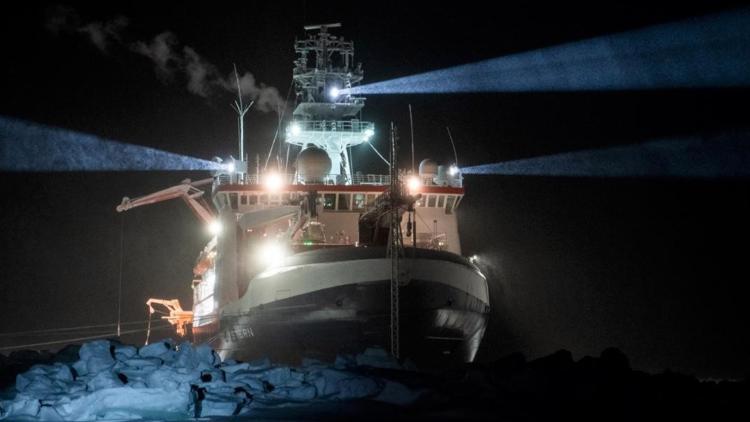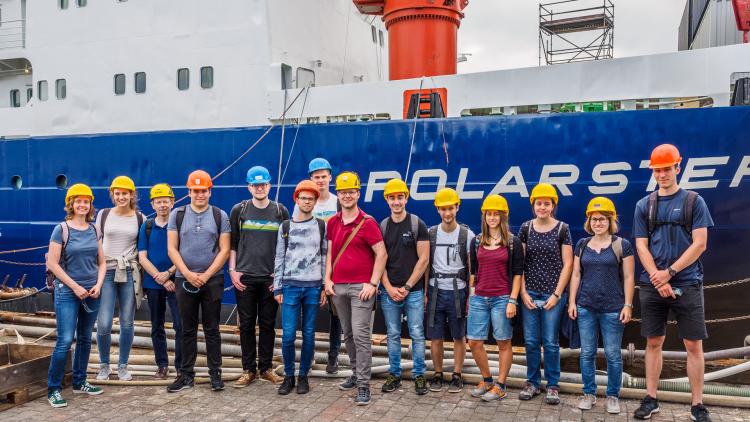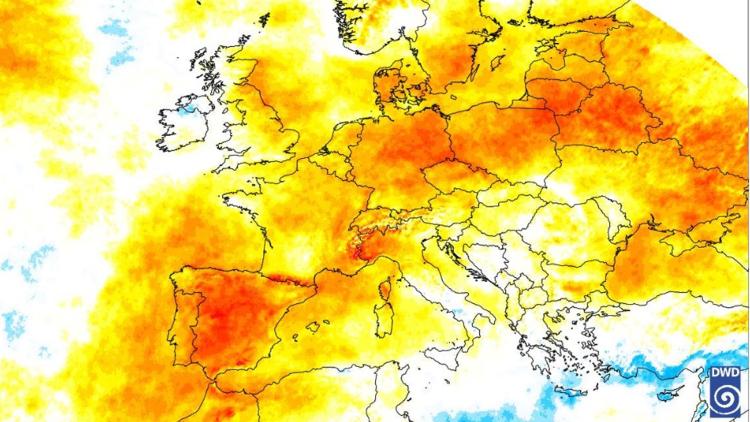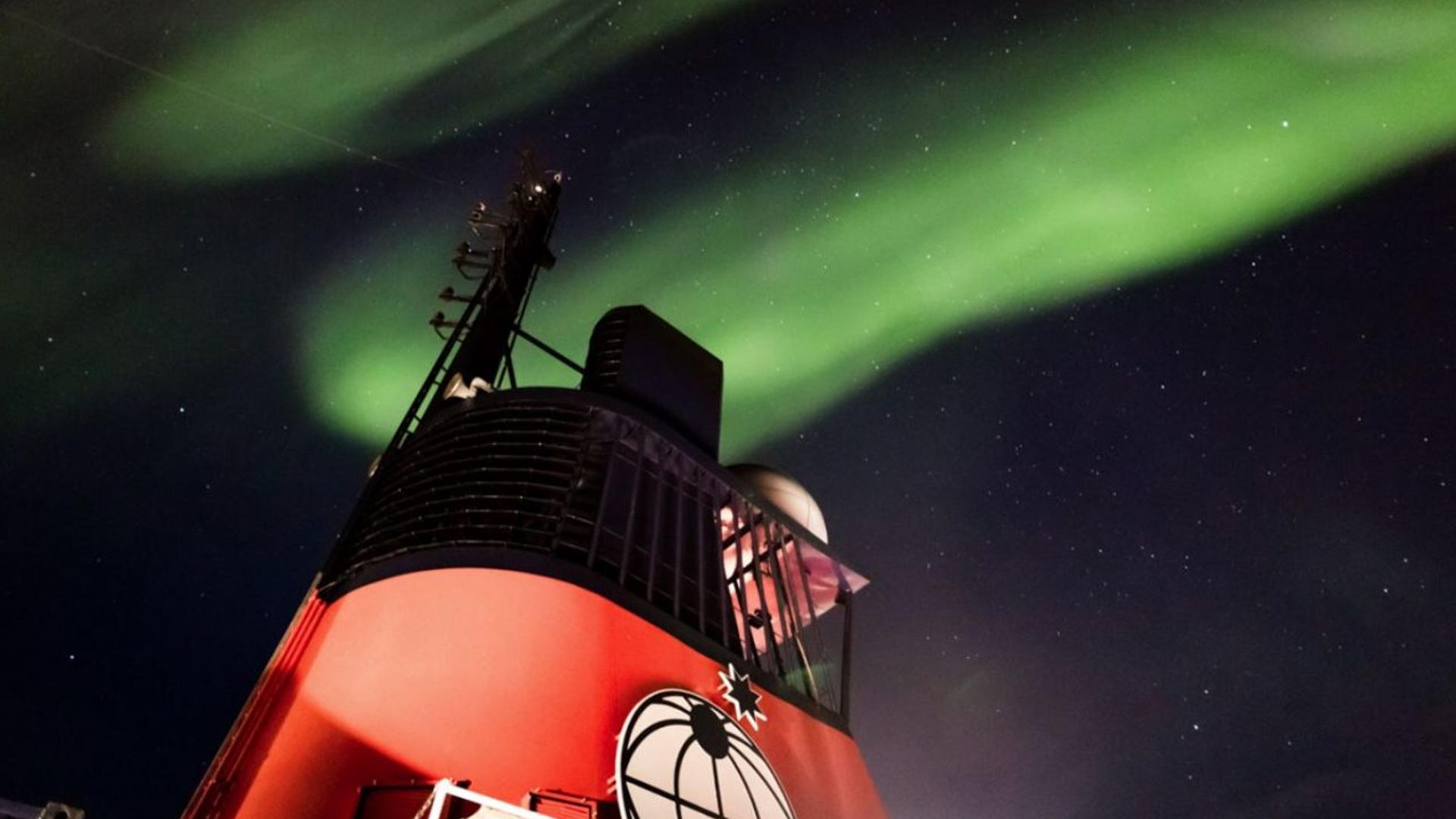
MOSAiC – the international Arctic drift expedition
Read the latest summary from the students tracking the expedition.

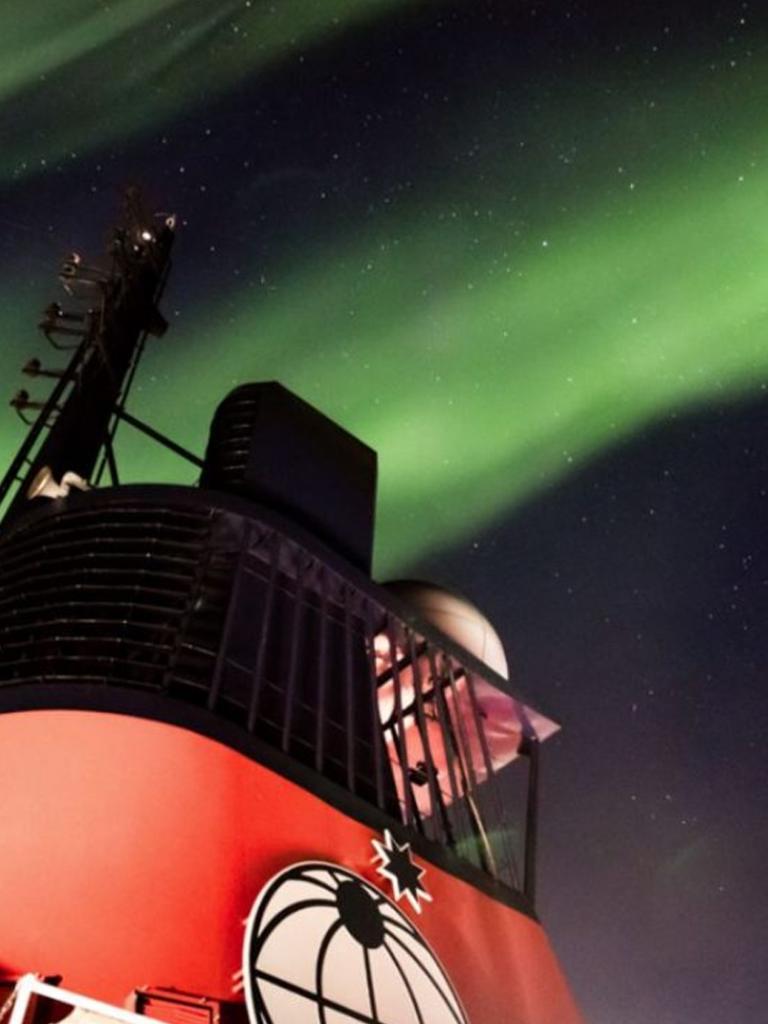
Blog number four is here and summarises what's happened to the Polarstern since it left Norway to reach its resting position on the ice floe.
15 March 2021
28 April 2020
Blog four
Aurora's and ice floes and bears, oh my!
Authors: Jan Kärger, Kevin Schmidt, Antje Wagemann

On 20 September 2019 at 20:00 UTC, the time had finally come. After a decade of preparations, the first group of scientists and crew left the Norwegian port of Tromsø aboard the German icebreaker, RV Polarstern. After roughly two weeks they were expected to reach the target region at 130°E and 85°N.

On the evening of 21 September, the expedition participants had the chance to see the incredible northern lights from the ship. This was the last chance for them before they went too far north to see them.
Unfortunately, the ship was not yet allowed to carry out any measurements except those for the weather forecasts, as they had not yet arrived in international waters. Therefore, they used this period of time to start the preparations for building up the camp‘s infrastructure.
On 25 September, the first ice appeared and on 28 September, some scientists from the Polarstern met with colleagues on the Akademik Fedorov (a Russian research vessel) to plan the search for a suitable ice floe for the expedition, which they started on the next day. Throughout the day on 30 September, the initialisation of the first buoy was set up to collect data on ice drifts and other meteorological conditions.
Besides these automatic measurements, the weather technician also releases a weather balloon on the helicopter deck twice a day. In the early morning this helps to, for example, gather data for the meteorological advisories within the helicopter crew.
On 2 October after a few days of searching to find a suitable floe and including some surveillance flights using helicopters from the Akademik Fedorov, the results were exchanged and discussed. Thus, the Polarstern finally reached its destination on 6 October at 21:00 local time. At that moment, the floe was situated at 85°04.582‘north and 134°25.769’east.

The evening of 10 October was special because for the first time, polar bears came very close to the ship - fortunately nobody was in danger, but the guards chased them away by firing a flare gun into the air just in case.

On 14 October 2019, one of the central tasks during the first phase of MOSAiC was the installation of the “Distributed Network“ which was successfully completed. This is a complex system of buoys and measuring units which will drift about 50km around the Polarstern.

For more information on the MOSAiC expedition, visit the dedicated website here.
Thanks again to the students taking the time to write these interesting blog posts! We'll be back soon with more updates from them - stay tuned for more.
